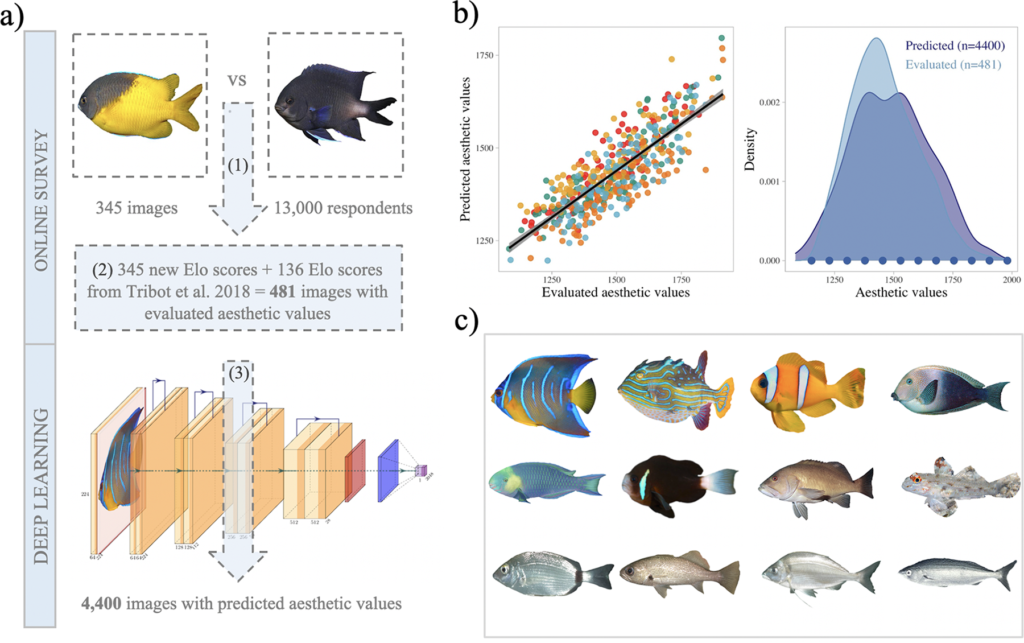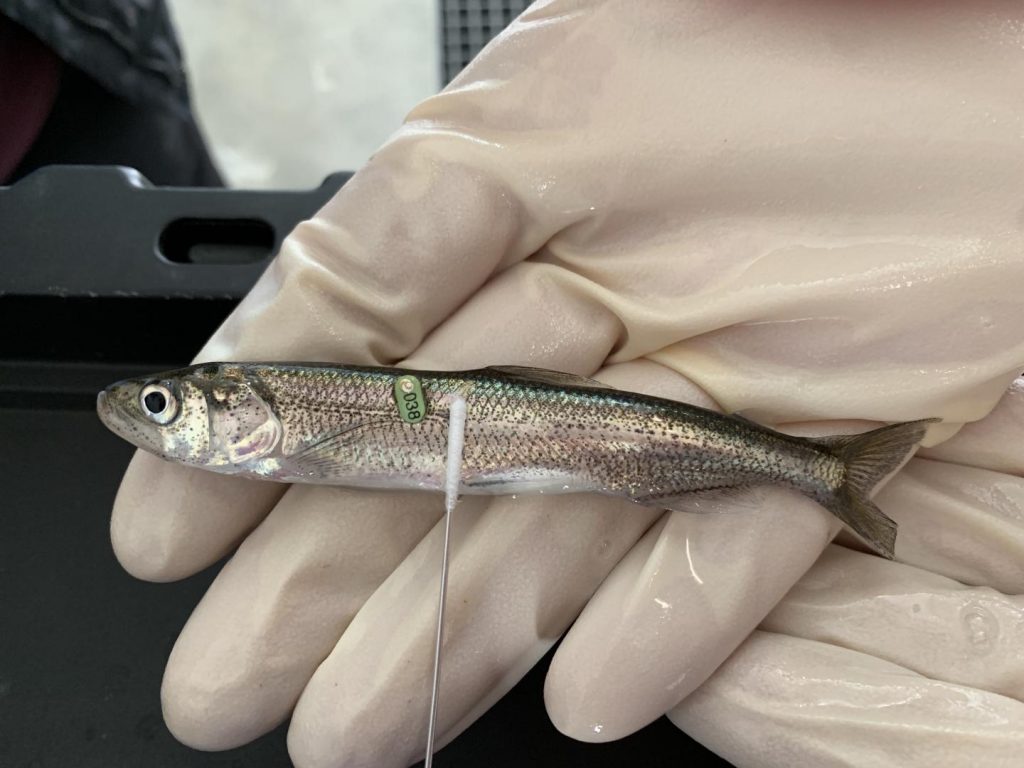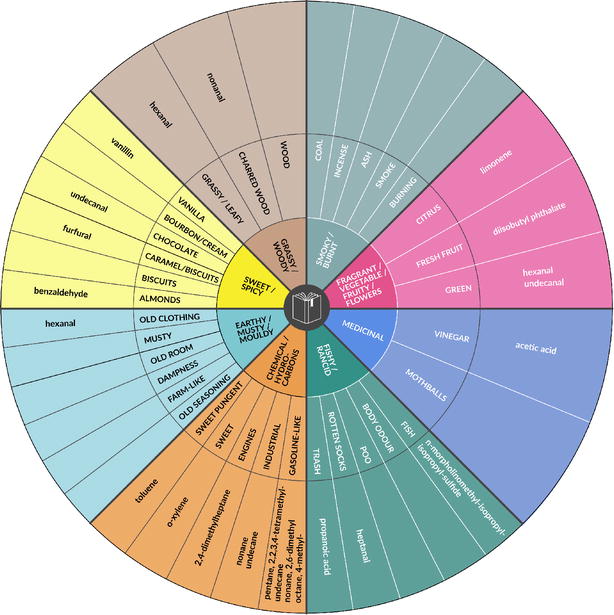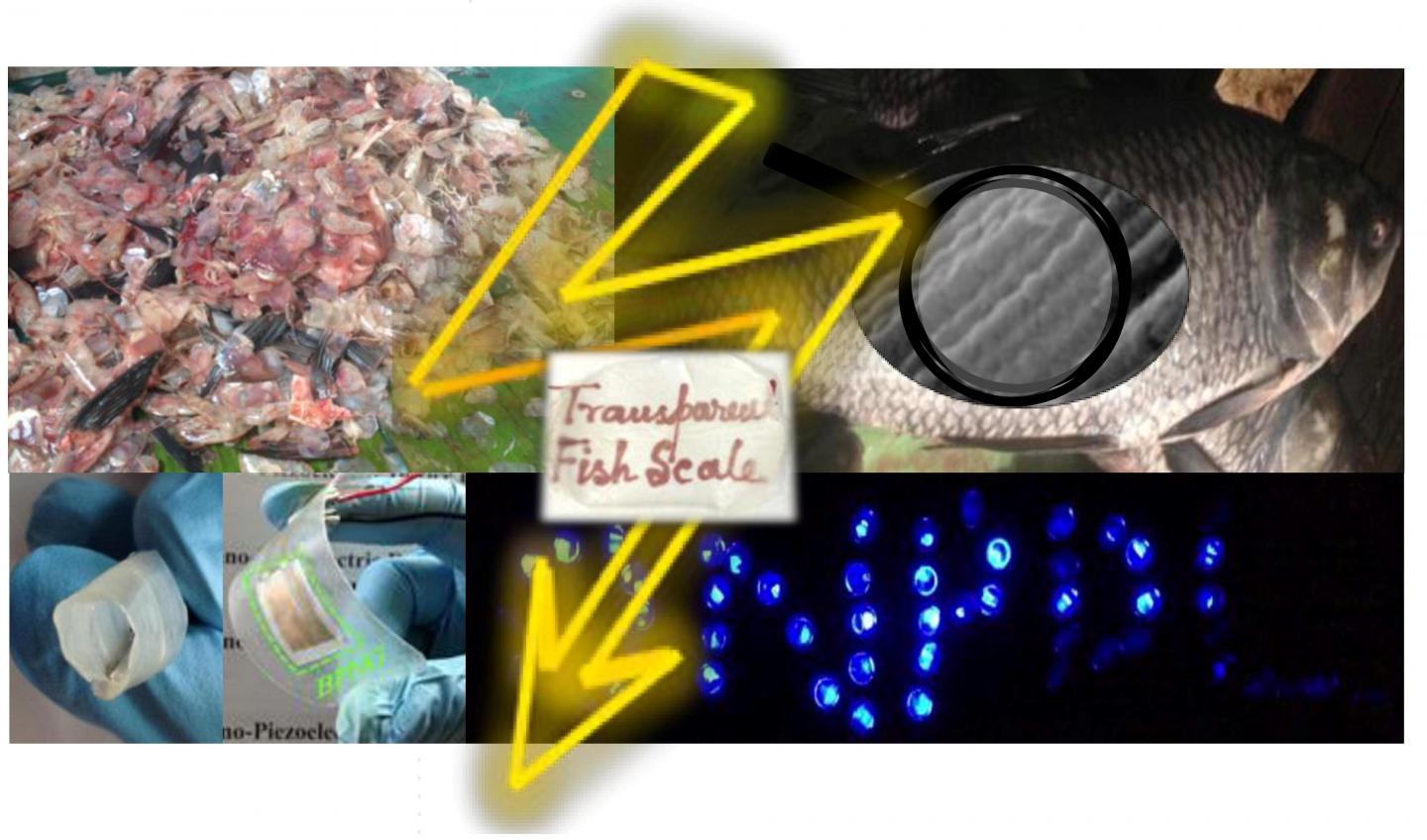I received this May 23, 2023 email invitation to participate in a citizen science project,
Dear all,
We need your valuable input to advance our research on the aesthetic value of tropical coral reefs! As a part of the Marine Science Department of the IPB University [Indonesia], the Lancaster Environment Centre [at Lancaster University, UK], the MARBEC laboratory [Marine Biodiversity Exploitation and Conservation (MARBEC)] research unit is one of the Unité mixte de recherche (UMR) partially funded by the CNRS], and the National Research and Innovation Agency of Indonesia [Badan Riset dan Inovasi Nasional, BRIN], we are conducting a survey to analyze human perspectives on the beauty of coral reefs.
By participating in this survey, you will play a vital role in the development of predictive computer models that can estimate the aesthetic value of different coral reefs. Your contribution will directly contribute to our ongoing research efforts. Estimated completion time is approximately 5 minutes.
Your participation is greatly appreciated, and together, we can make a significant impact on coral reef preservation and conservation. Please click the link below to start the survey:
https://www.biodiful.org/#/beautifulcorals
Thank you also for sharing this survey within your network (professional and personal). Actually we are really counting on you to trigger a snow ball effect and get out of our community (academia and divers). You can also retweet & like on twitter here : https://twitter.com/NicolasMouquet/status/1658020475107266563?s=20 or tweet yourself (if you do, please tag @NicolasMouquet so we will like your tweet and get it up in the threads; also add an image on your own (or copy the one used in the above mentioned tweet) as pasting only the link to the survey shows up a generic image which is not related to the Beauty of Coral Reefs survey). Hear a simple text that could be used on other social media « Help shape future coral reef restoration! Take our 5-minute survey and pick the most beautiful coral reef images. Your input will fuels research on these natural wonders! https://www.biodiful.org/#/beautifulcorals»
Thank you for your time and support. Let’s work together to celebrate the beauty of coral reefs!
Sincerely,
Nicolas Mouquet, CNRS [Centre national de la recherche scientifique], MARBEC, University of Montpellier.
https://twitter.com/NicolasMouquet
http://nicolasmouquet.free.fr/
In late April 2023, I received a link to a paper by Mouquet as a thank you for participating in another of his projects. (I looked at two side-by-side pictures of fishes and selected the one I found most attractive.) As you can see from the image below, I was one of 13,000 respondents.

Given how many people participated, I’m thrilled he got in touch,
Hello to all,
Finally some news about the internet campaign to measure the aesthetic value of reef fishes in which you participated in 2020. The time of research can sometimes be long and we were like you a little disturbed by the Covid episode, but here is where we are :We have published our results in an international scientific journal (Plos Biology) 😀 : Langlois J, Guilhaumon F, Baletaud F, Casajus N, De Almeida Braga C, Fleure V, Kulbicki K, Loiseau N, Mouillot D, Renoult JP, Stahl A, Stuart Smith RD, Tribot AS & N, Mouquet (2022) The aesthetic value of reef fishes is globally mismatched to their conservation priorities. PLoS Biol 20(6): e3001640. doi:10.1371/journal.pbio.3001640
You can download the article here: http://nicolasmouquet.free.fr/pdf/Langlois_et_al_2022_Plos_Biology.htm
Here is a summary: Reef fishes are closely connected to many human populations, yet their contributions to society are mostly considered through their economic and ecological values. Cultural and intrinsic values of reef fishes to the public can be critical drivers of conservation investment and success, but remain challenging to quantify. Aesthetic value represents one of the most immediate and direct means by which human societies engage with biodiversity, and can be evaluated from species to ecosystems. Here, we provide the aesthetic value of 2,417 ray-finned reef fish species by combining intensive evaluation of photographs of fishes by humans with predicted values from machine learning. We identified important biases in species’ aesthetic value relating to evolutionary history, ecological traits, and International Union for Conservation of Nature (IUCN) threat status. The most beautiful fishes are tightly packed into small parts of both the phylogenetic tree and the ecological trait space. In contrast, the less attractive fishes are the most ecologically and evolutionary distinct species and those recognized as threatened. Our study highlights likely important mismatches between potential public support for conservation and the species most in need of this support. It also provides a pathway for scaling-up our understanding of what are both an important nonmaterial facet of biodiversity and a key component of nature’s contribution to people, which could help better anticipate consequences of species loss and assist in developing appropriate communication strategies.
This work has received a significant echo in the scientific community as well as in the international press and we are now busy using these data to assess the aesthetic value of entire fish communities on reefs globally.
Again, a huge thank you for your help, without you we could not have done this work! And I apologize for being so late in getting back to you. 🙏
Our work on assessing the aesthetic value of biodiversity does not stop of course! And we may be calling on you soon for new adventures!
In the meantime you can also have a look at a twitter account we just opened dedicated to the presentation of beautiful or repulsive species, but always amazing and especially essential for the functioning of ecosystems ! https://twitter.com/Biodi_ful
With kind regards,
Nicolas Mouquet
—————————–
Nicolas Mouquet, CNRS
Scientific director of the Centre for the Synthesis and Analysis of Biodiversity (CESAB)
5 Rue de l’École de Médecine
34000, MontpellierChercheur à MARBEC
Université de Montpellier
Place Eugène Bataillon, CC093
34095 Montpellier Cedex 05
You can sign up to get updates regarding the research once you’ve finished the survey.
In the meantime, here’s a link to and a citation (in my usual style) for the paper on the aesthetics of reef fishes,
The aesthetic value of reef fishes is globally mismatched to their conservation priorities by Juliette Langlois, François Guilhaumon, Florian Baletaud, Nicolas Casajus, Cédric De Almeida Braga, Valentine Fleuré, Michel Kulbicki, Nicolas Loiseau, David Mouillot, Julien P. Renoult, Aliénor Stahl, Rick D. Stuart Smith, Anne-Sophie Tribot, Nicolas Mouquet. PLOS Biology DOI: https://doi.org/10.1371/journal.pbio.3001640 Published: June 7, 2022
This paper is open access.
You can find Nicolas Mouquet’s eponymous website here and you can start the coral reef survey here: https://www.biodiful.org/#/beautifulcorals.





